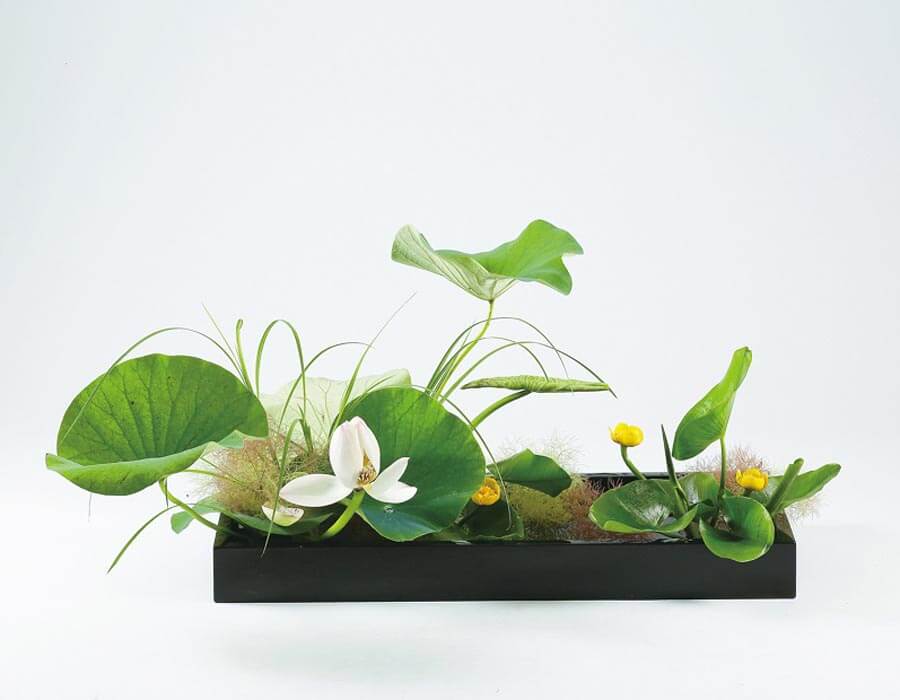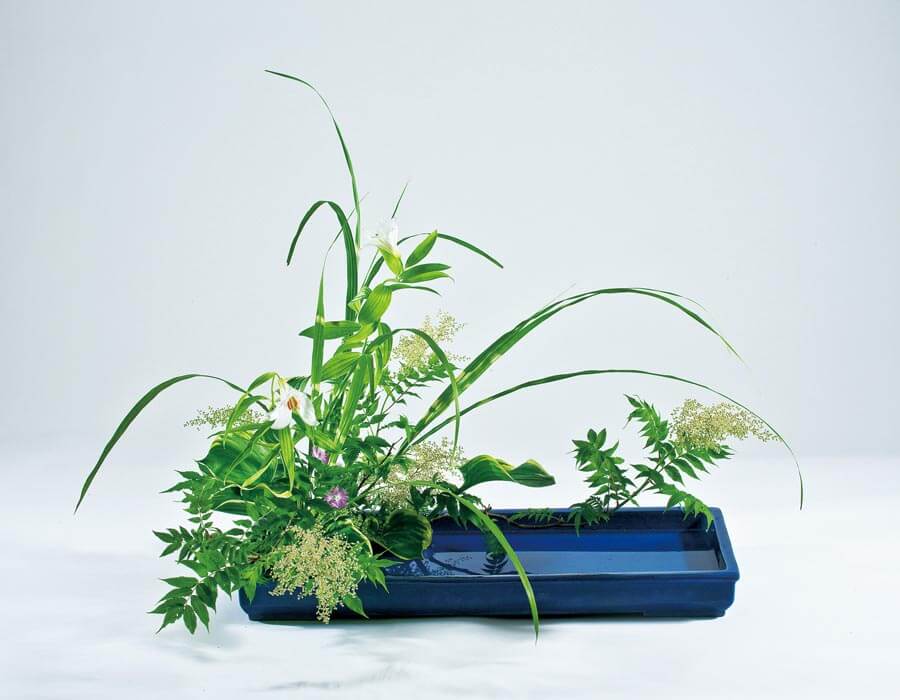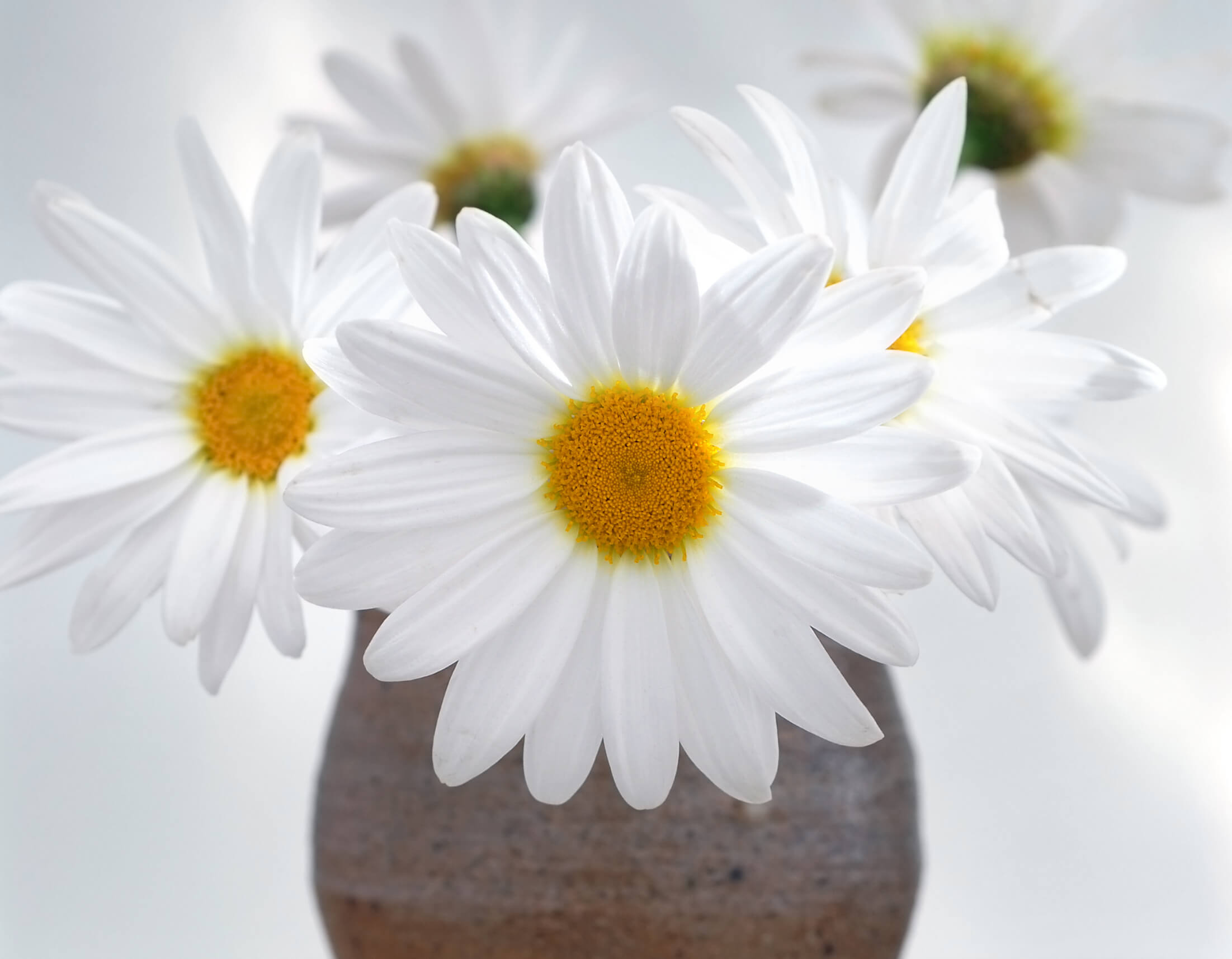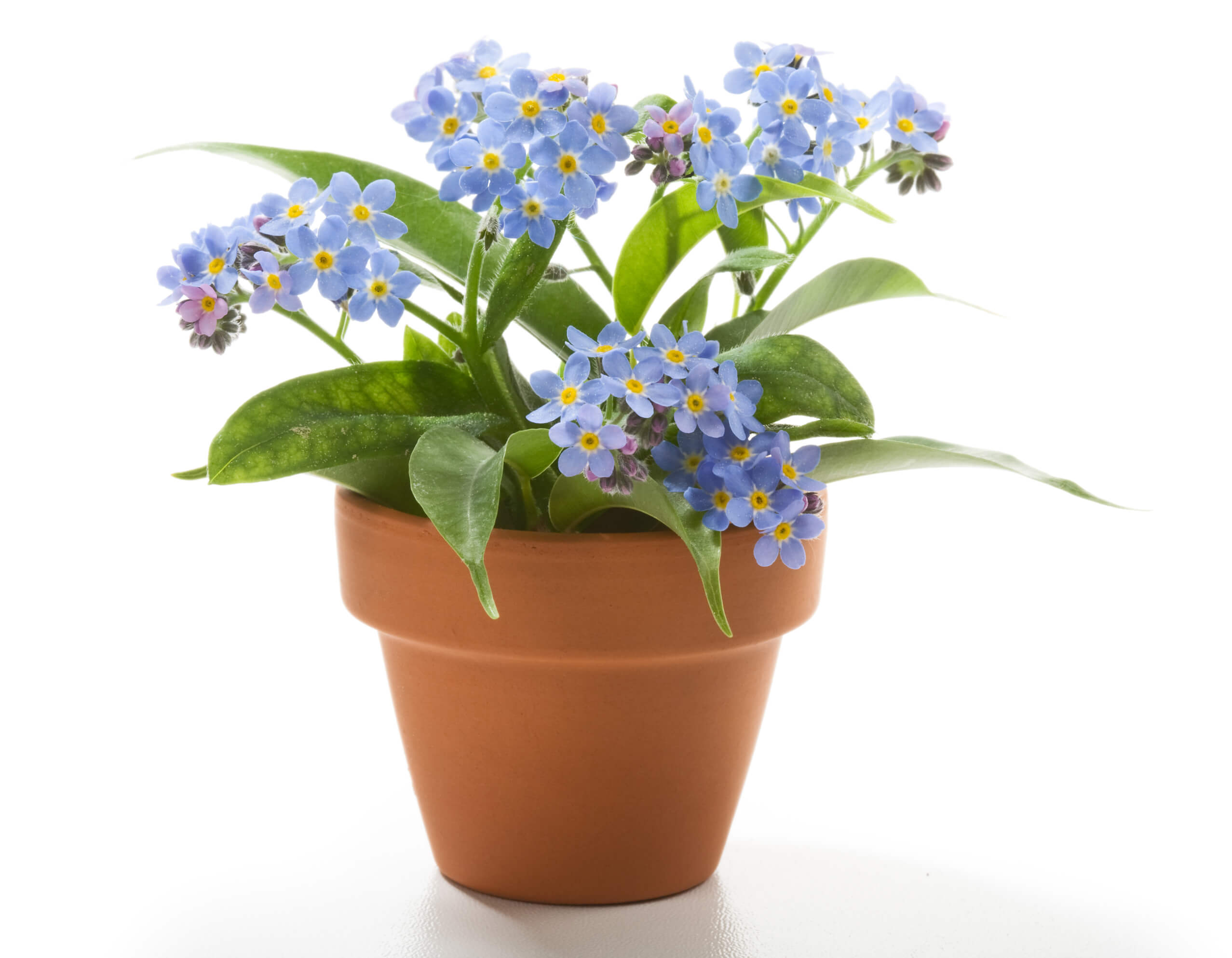Guide -
Experience - Pretty petal: Ohara school
Pretty petal: Ohara school
Blooms at leading Japanese flower school
Budget
Opening Hours 9am - 5pm (Monday - Friday); closed on national holidays
Simple arrangements aside, ikebana flower arranging is distinguished by its asymmetrical form; using empty spaces as an essential feature of the composition – beautiful simplicity. The Japanese aesthetic that ikebana shares with traditional paintings, gardens, architecture and design, defines the harmony among the materials and the setting. Learn all about it and design your own masterpieces at Ohara.
Transport Ohara Center of Tokyo is conveniently located along Kotto-Street, just 5 min. on foot from B1 or B3 exit of Tokyo Metro Omote-sando station.






